Vinayak Sharma
Quantum Polar Metric Learning: Efficient Classically Learned Quantum Embeddings
Dec 04, 2023Abstract:Deep metric learning has recently shown extremely promising results in the classical data domain, creating well-separated feature spaces. This idea was also adapted to quantum computers via Quantum Metric Learning(QMeL). QMeL consists of a 2 step process with a classical model to compress the data to fit into the limited number of qubits, then train a Parameterized Quantum Circuit(PQC) to create better separation in Hilbert Space. However, on Noisy Intermediate Scale Quantum (NISQ) devices. QMeL solutions result in high circuit width and depth, both of which limit scalability. We propose Quantum Polar Metric Learning (QPMeL) that uses a classical model to learn the parameters of the polar form of a qubit. We then utilize a shallow PQC with $R_y$ and $R_z$ gates to create the state and a trainable layer of $ZZ(\theta)$-gates to learn entanglement. The circuit also computes fidelity via a SWAP Test for our proposed Fidelity Triplet Loss function, used to train both classical and quantum components. When compared to QMeL approaches, QPMeL achieves 3X better multi-class separation, while using only 1/2 the number of gates and depth. We also demonstrate that QPMeL outperforms classical networks with similar configurations, presenting a promising avenue for future research on fully classical models with quantum loss functions.
Probabilistic Solar Power Forecasting: Long Short-Term Memory Network vs Simpler Approaches
Jan 20, 2021
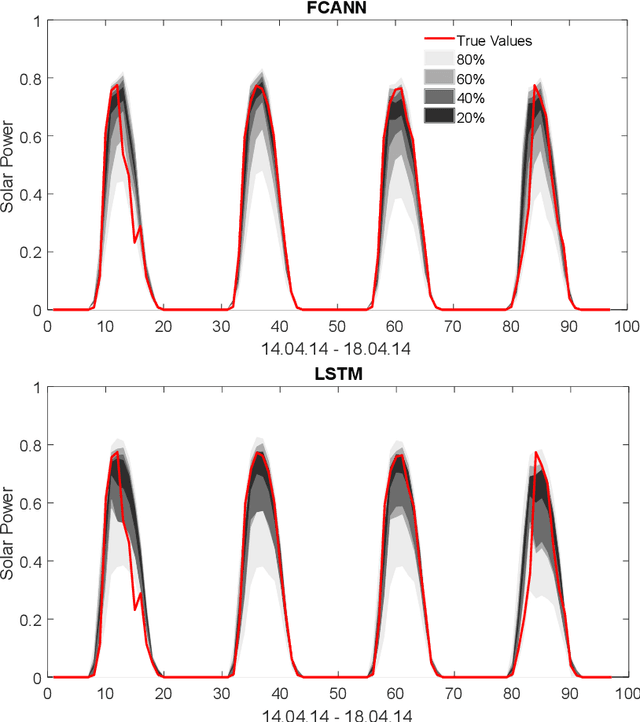
Abstract:The high penetration of volatile renewable energy sources such as solar make methods for coping with the uncertainty associated with them of paramount importance. Probabilistic forecasts are an example of these methods, as they assist energy planners in their decision-making process by providing them with information about the uncertainty of future power generation. Currently, there is a trend towards the use of deep learning probabilistic forecasting methods. However, the point at which the more complex deep learning methods should be preferred over more simple approaches is not yet clear. Therefore, the current article presents a simple comparison between a long short-term memory neural network and other more simple approaches. The comparison consists of training and comparing models able to provide one-day-ahead probabilistic forecasts for a solar power system. Moreover, the current paper makes use of an open-source dataset provided during the Global Energy Forecasting Competition of 2014 (GEFCom14).
Internet of Predictable Things (IoPT) Framework to Increase Cyber-Physical System Resiliency
Jan 19, 2021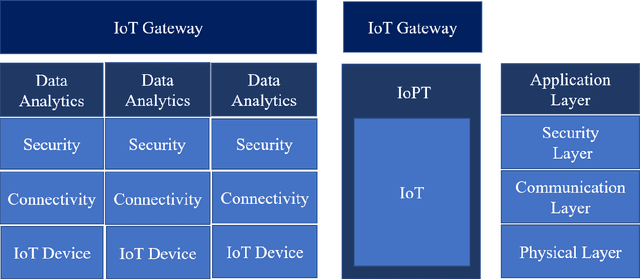

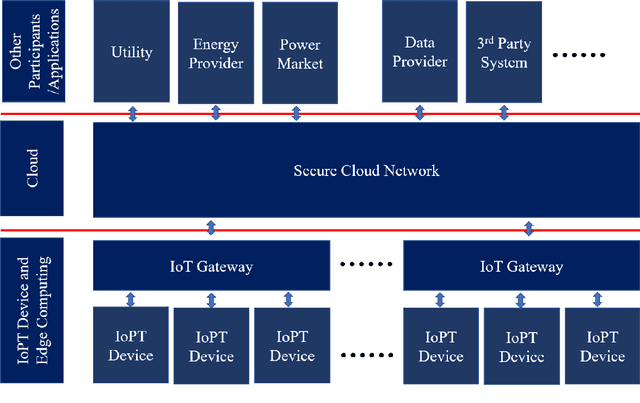

Abstract:During the last two decades, distributed energy systems, especially renewable energy sources (RES), have become more economically viable with increasing market share and penetration levels on power systems. In addition to decarbonization and decentralization of energy systems, digitalization has also become very important. The use of artificial intelligence (AI), advanced optimization algorithms, Industrial Internet of Things (IIoT), and other digitalization frameworks makes modern power system assets more intelligent, while vulnerable to cybersecurity risks. This paper proposes the concept of the Internet of Predictable Things (IoPT) that incorporates advanced data analytics and machine learning methods to increase the resiliency of cyber-physical systems against cybersecurity risks. The proposed concept is demonstrated using a cyber-physical system testbed under a variety of cyber attack scenarios as a proof of concept (PoC).
Intracranial Hemorrhage Detection Using Neural Network Based Methods With Federated Learning
May 10, 2020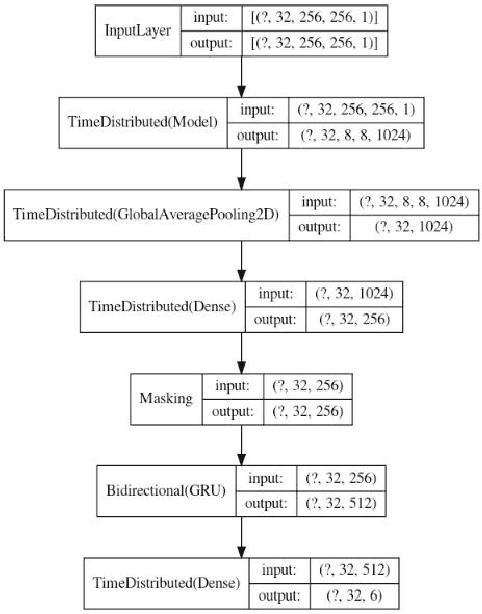

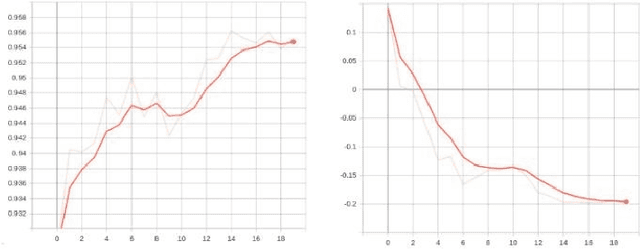
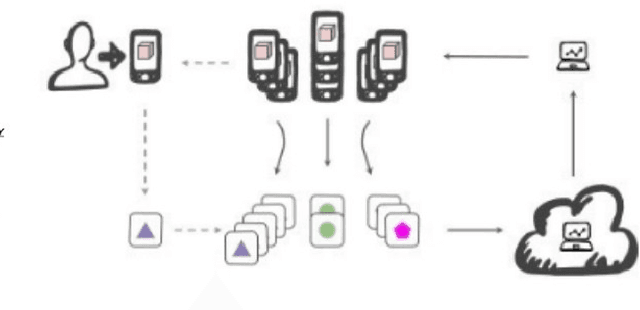
Abstract:Intracranial hemorrhage, bleeding that occurs inside the cranium, is a serious health problem requiring rapid and often intensive medical treatment. Such a condition is traditionally diagnosed by highly-trained specialists analyzing computed tomography (CT) scan of the patient and identifying the location and type of hemorrhage if one exists. We propose a neural network approach to find and classify the condition based upon the CT scan. The model architecture implements a time distributed convolutional network. We observed accuracy above 92% from such an architecture, provided enough data. We propose further extensions to our approach involving the deployment of federated learning. This would be helpful in pooling learned parameters without violating the inherent privacy of the data involved.
 Add to Chrome
Add to Chrome Add to Firefox
Add to Firefox Add to Edge
Add to Edge